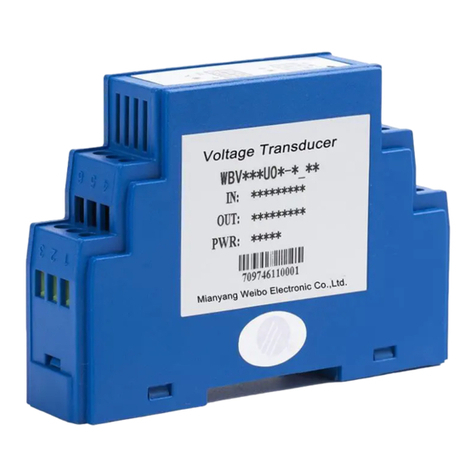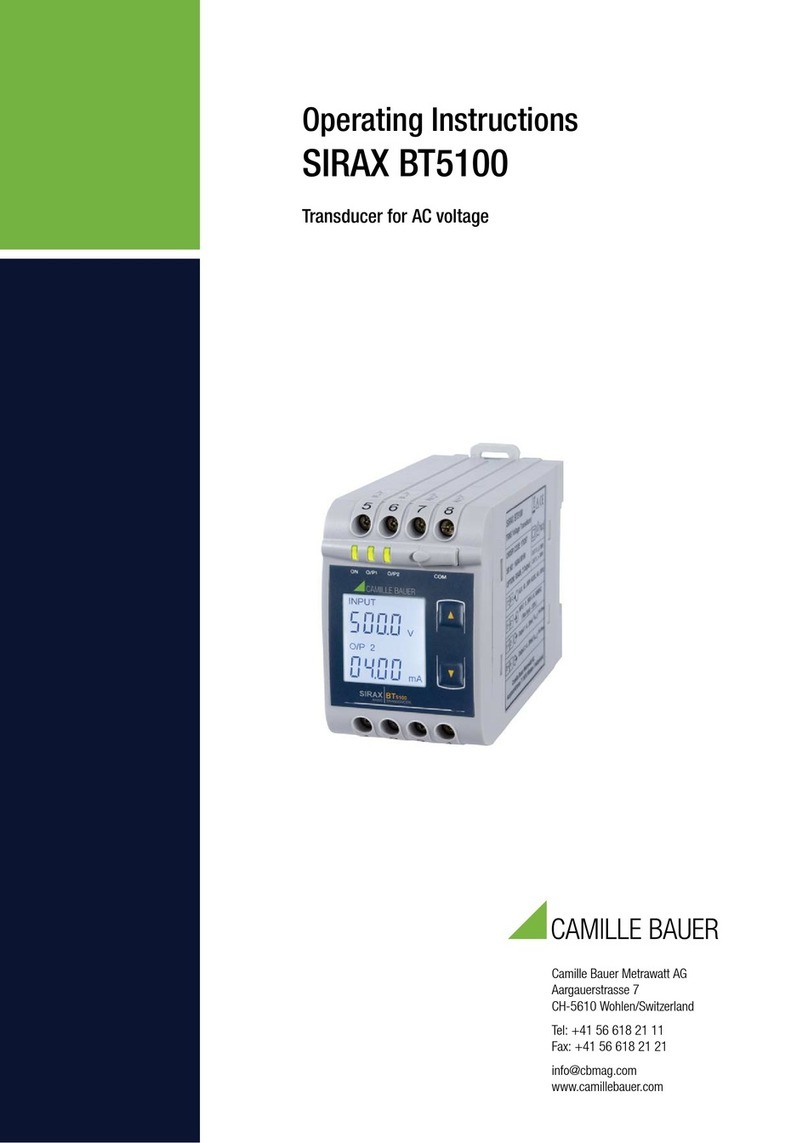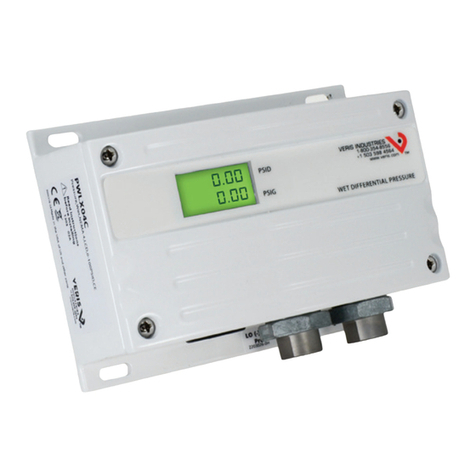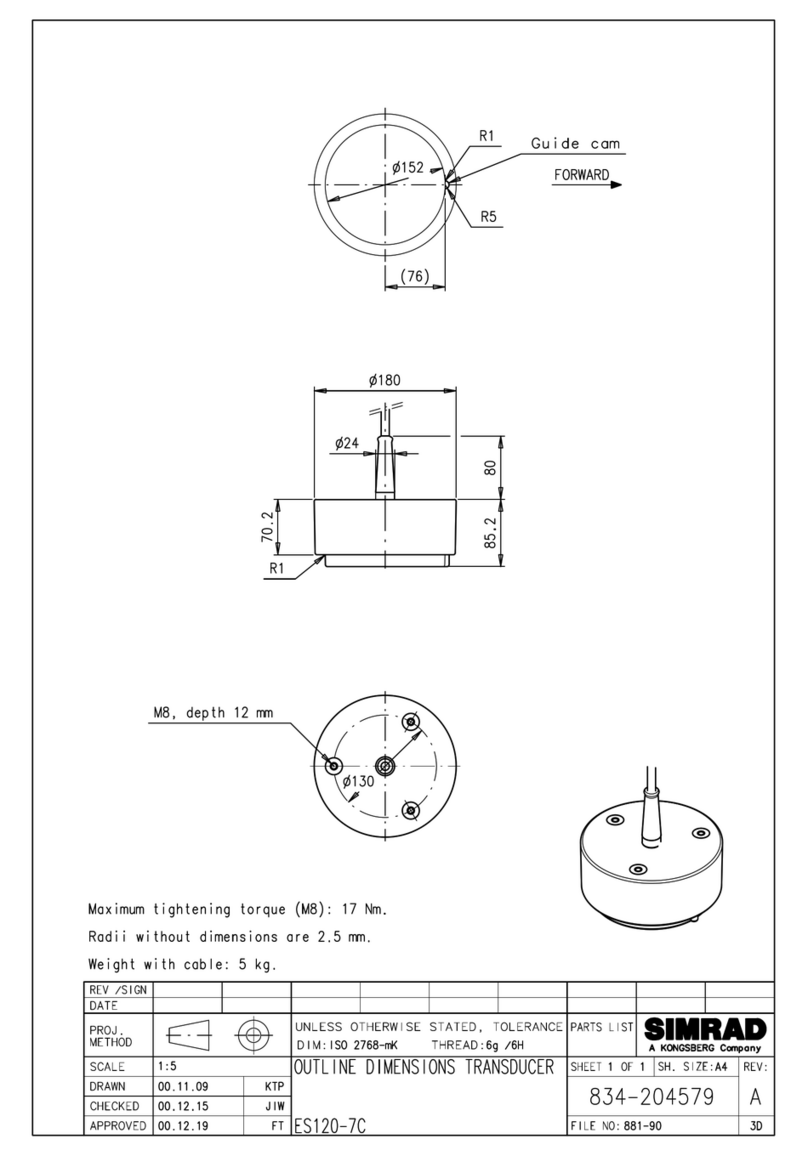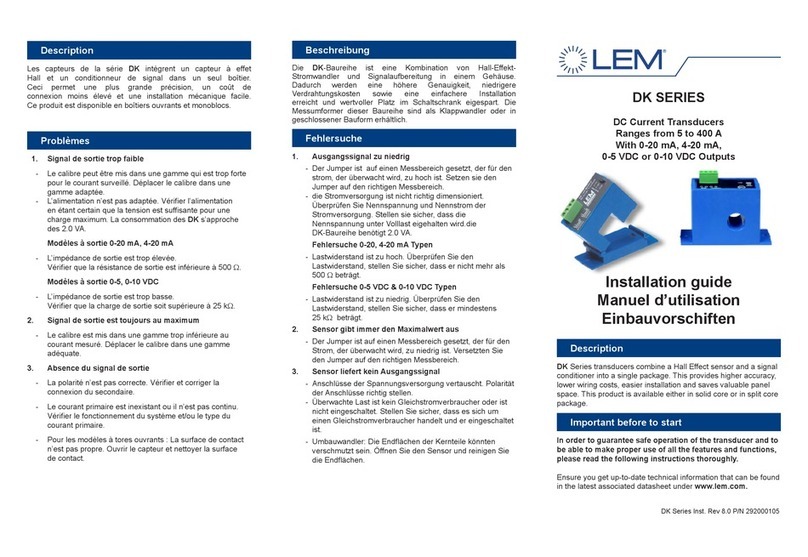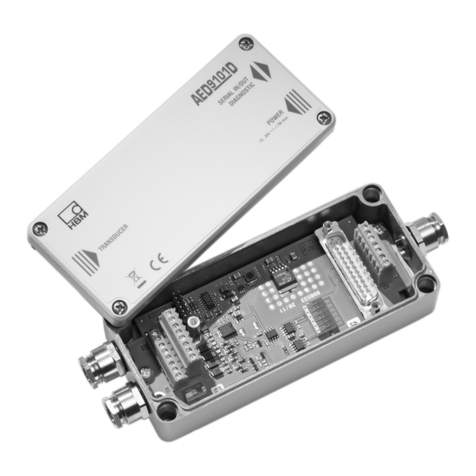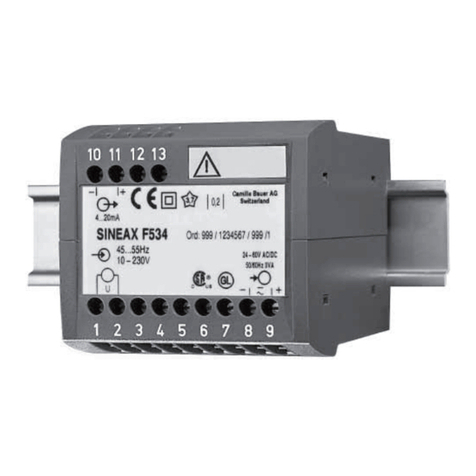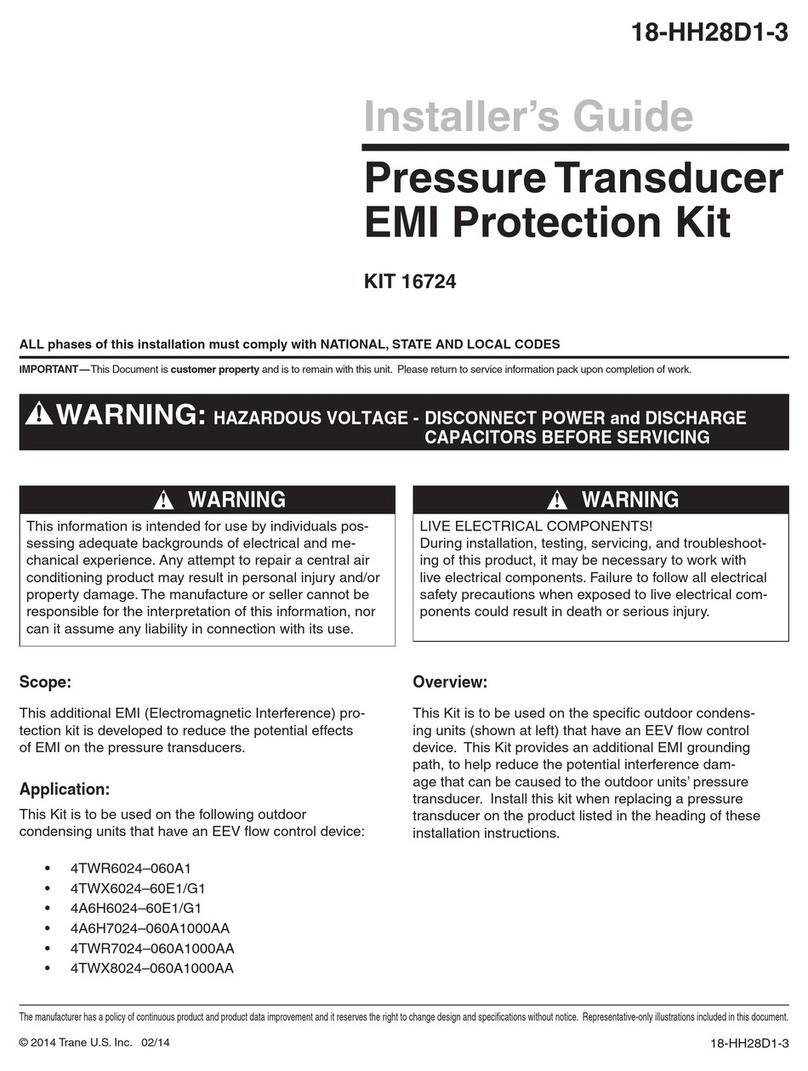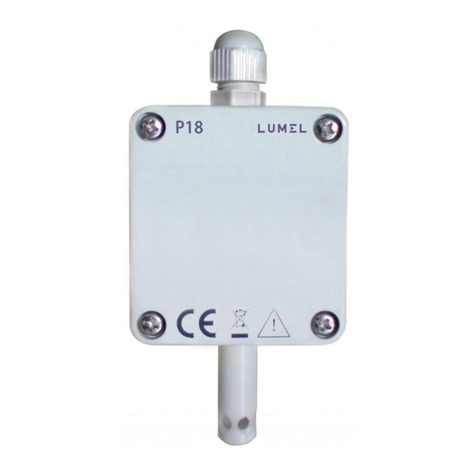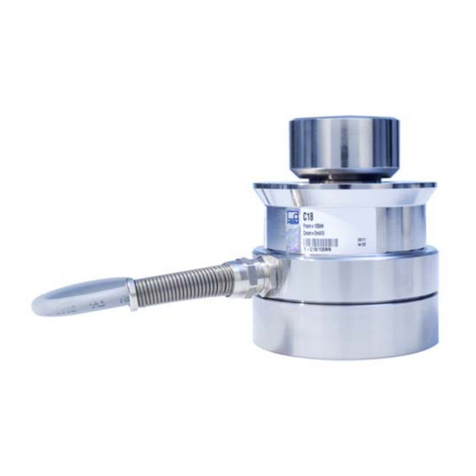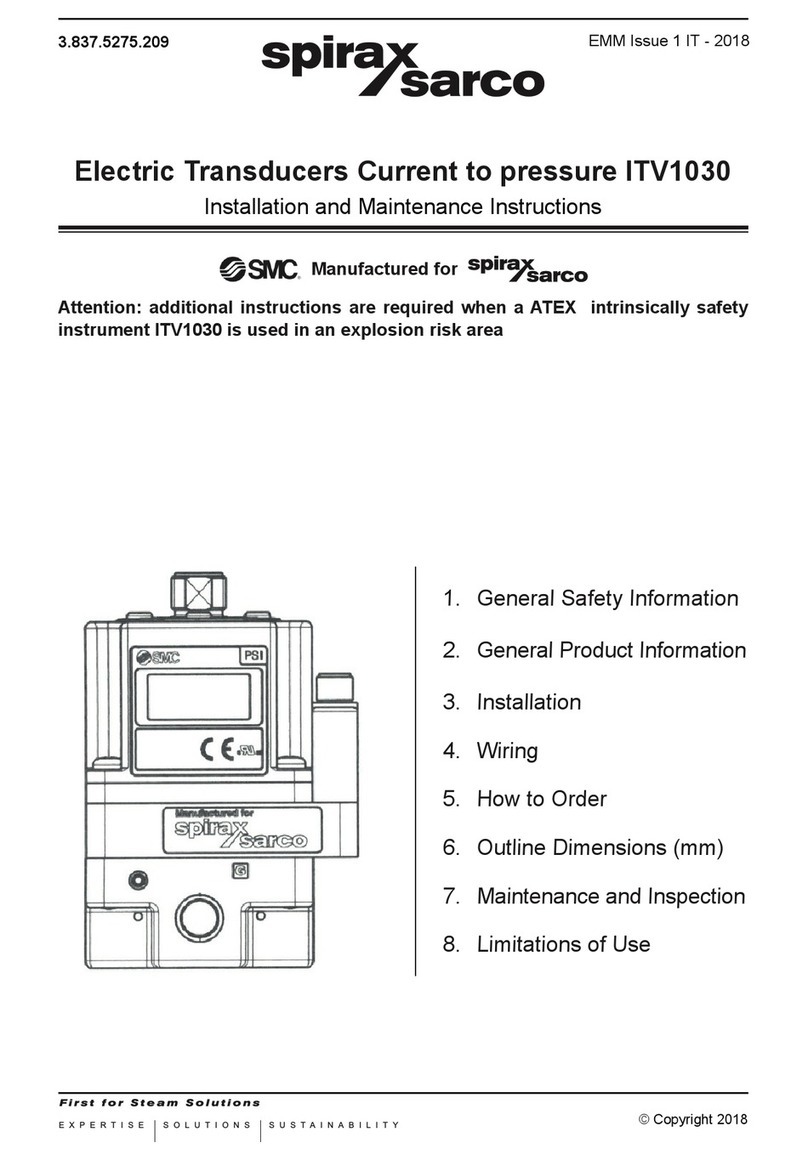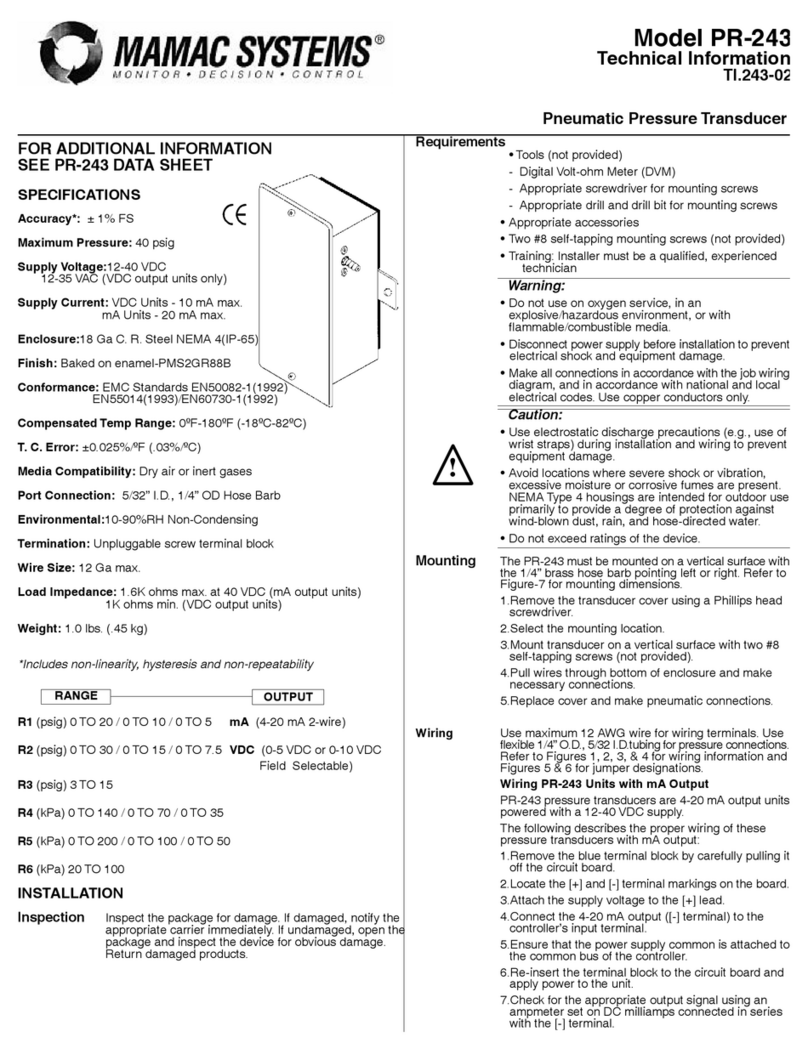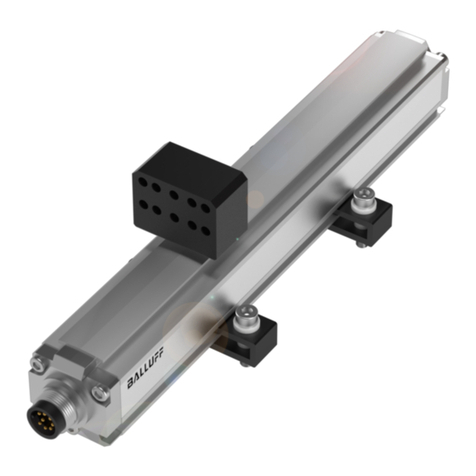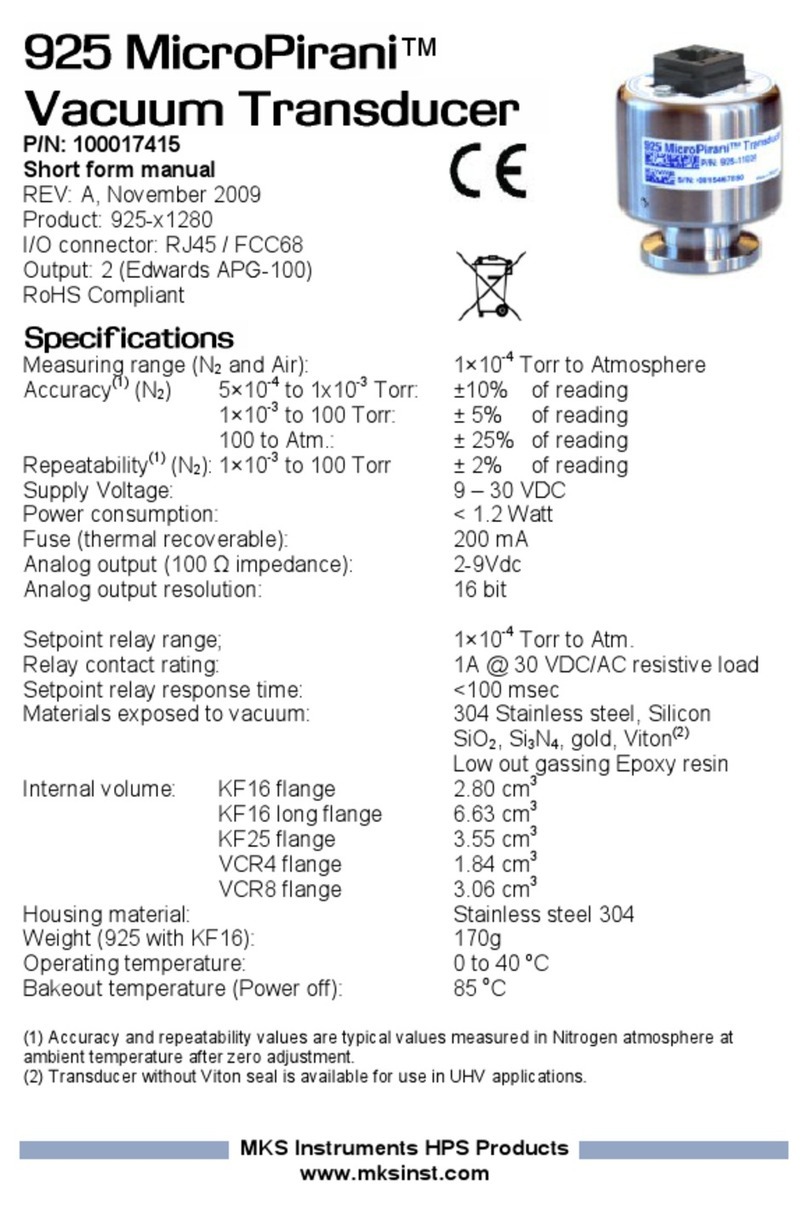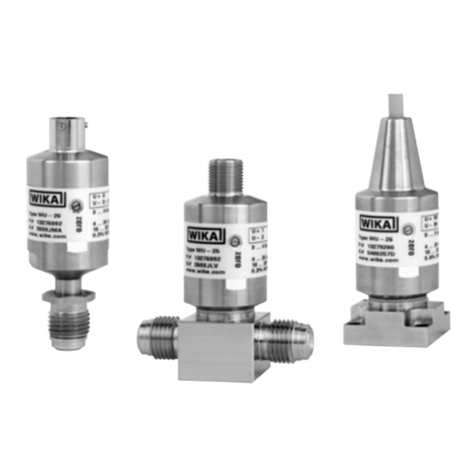
2.1 SPECIFICATION HIGHLIGHTS
CALIBRATED RANGE .................................... ATM to 10, 000 PSI (1 to 690 BAR)
CALIBRATED TEMPERATURE RANGE .............................................. 20° TO 150°C
PRESSURE ACCURACY ..................................................................................... 0.02 %F.S.
DRIFT @ MAX TEMPERATURE & PRESSURE ............................ 0.1%F.S./YEAR
TEMPERATURE ACCURACY .................................................................................... 0.01°C
DRIFT @ MAX TEMPERATURE & PRESSURE ................................ 0.01°C/YEAR
2.2 MECHANICAL SPECIFICATIONS
WEIGHT: 325 GRAMS
HEIGHT: 152 mm (6”)
MAXIMUM WIDTH: 25 mm (0.75”)
PROOF PRESSURE: 103MPA (15,000PSI)
HOUSING MATERIAL: INCONEL 718
2.3 ELECTRICAL SPECIFICATIONS
MAXIMUM VOLTAGE RATINGS ............................................................... -0.3 TO 13.5V
DC VOLTAGE SUPPLY RANGE ....................................................................... 2.9 TO 12V
DC CURRENT DRAW @ 25°C ............................................................................. 29.2 mA
CURRENT DRAW @ F.S. TEMP ......................................................................... 37.5 mA
OUTPUT ............................................................................................................... TTL-232R-2V7
BAUD RATE ........................................................................................................................ 57600
ESD ............................................................................................................................................ ±2kV
STARTUP TMIE & SETTLE TIME .......................................................................... 230 ms
Page 7Specification Sheet
SECTION 2
XTALX DDQS1 SPECIFICATION SHEET
MAX CURRENT CONSUMPTION ........................................................................ 40 mA
LOW POWER STATE CURRENT DRAW 1s SAMPLE @ 25°C ......... 1.212 mA
LOW POWER STATE CURRENT DRAW 1s SAMPLE @ F.S TEMP.. 2.9 mA
LOW POWER STATE CURRENT DRAW 9s SAMPLE @ 25°C .......... 400 uA
LOW POWER STATE CURRENT DRAW 9s SAMPLE @ F.S TEMP 700uA
2.4 ADDITIONAL SPECIFICATIONS
STORAGE TEMPERATURE ........................................................................ -65° to 150°C
ACHIEVABLE RESOLUTION ............................................................................... 0.002psi
REPEATABILITY ....................................................................................................... 0.05% F.S.
NOMINAL SENSITIVITY ............................................................................................ 3psi/Hz
RESPONSE TIME ................................................................................................................... 0.1s
GRAVITATIONAL EFFECTS ........................................................................ NEGLIGIBLE
ORIENTATIONAL EFFECTS ....................................................................... NEGLIGIBLE
ACCELERATION SENSITIVITY ................................................................. NEGLIGIBLE
STARTUP TIME 25°C ............................................................................................. 130 ms
PEAK INRUSH CURRENT 25°C .................................................................. 37.12 mA
STARTUP TIME F.S. TEMP ................................................................................. 150 ms
PEAK INRUSH CURRENT F.S. TEM ............................................................ 40 mA
AVERAGE LIFETIME EXPECTANCY 150°C .......................................... 2 YEARS
AVERAGE LIFETIME EXPECTANCY 175°C .................................... 6 MONTHS
AVERAGE LIFETIME EXPECTANCY 210°C ........................................... 30 DAYS
